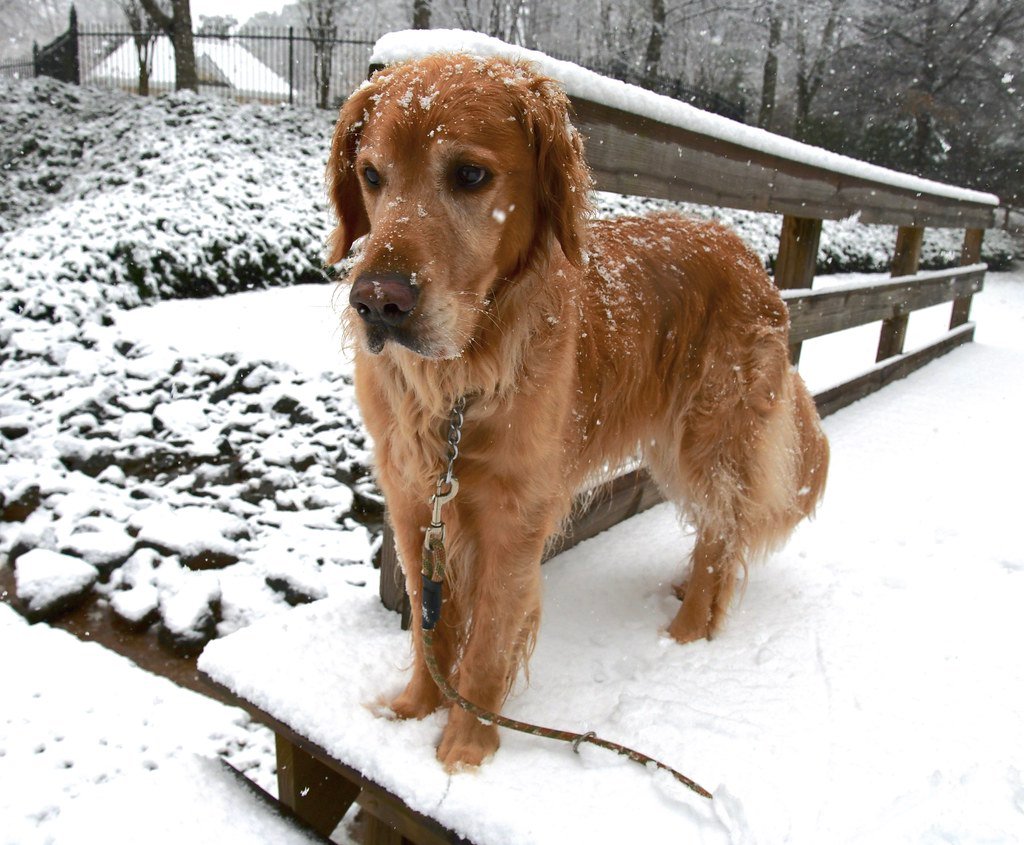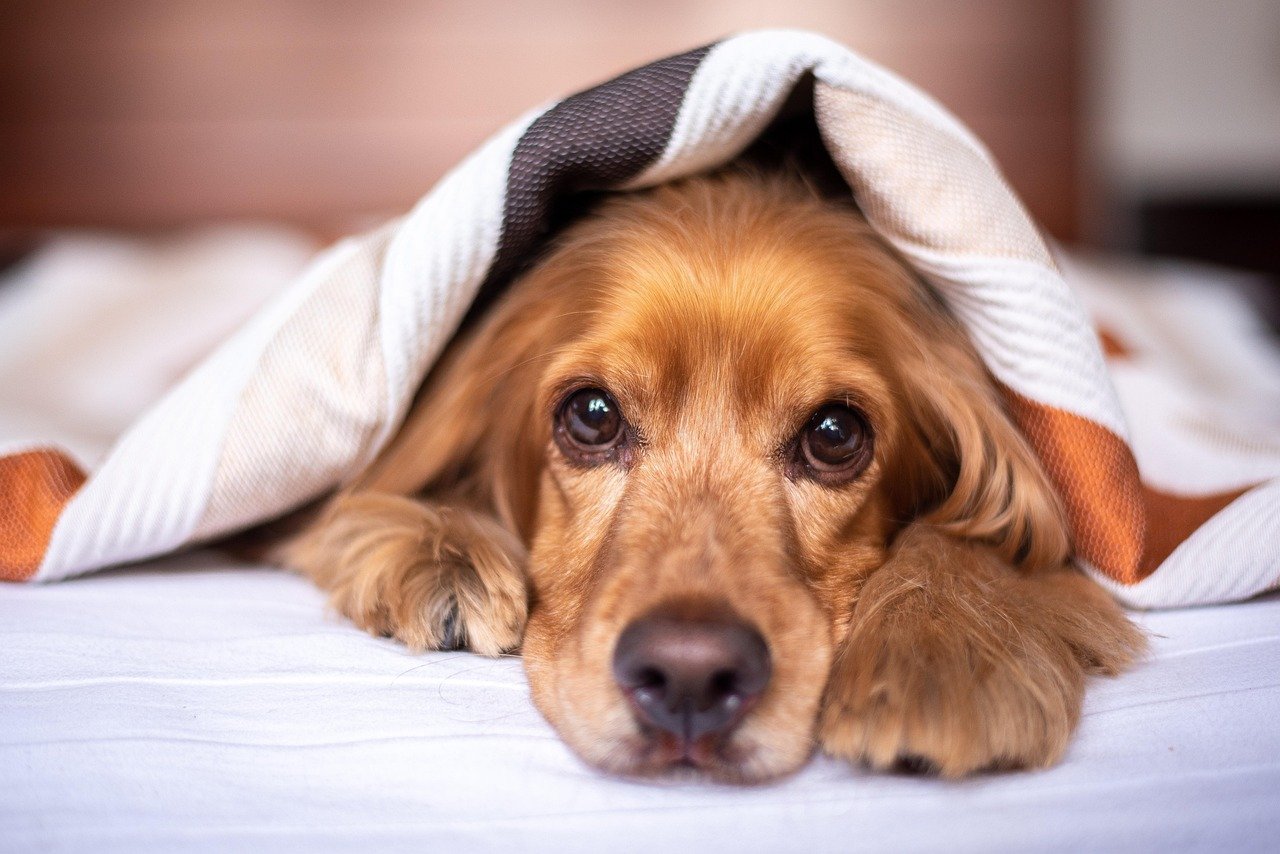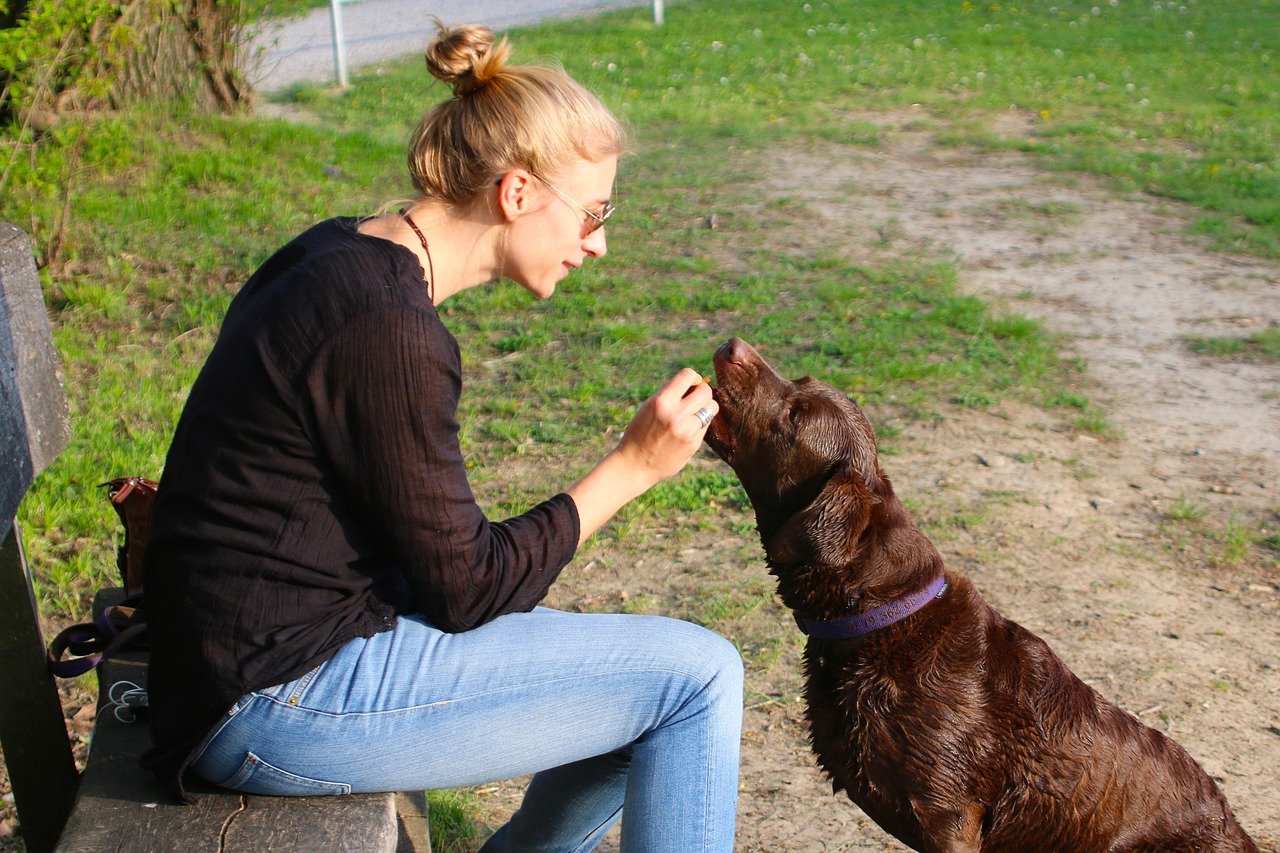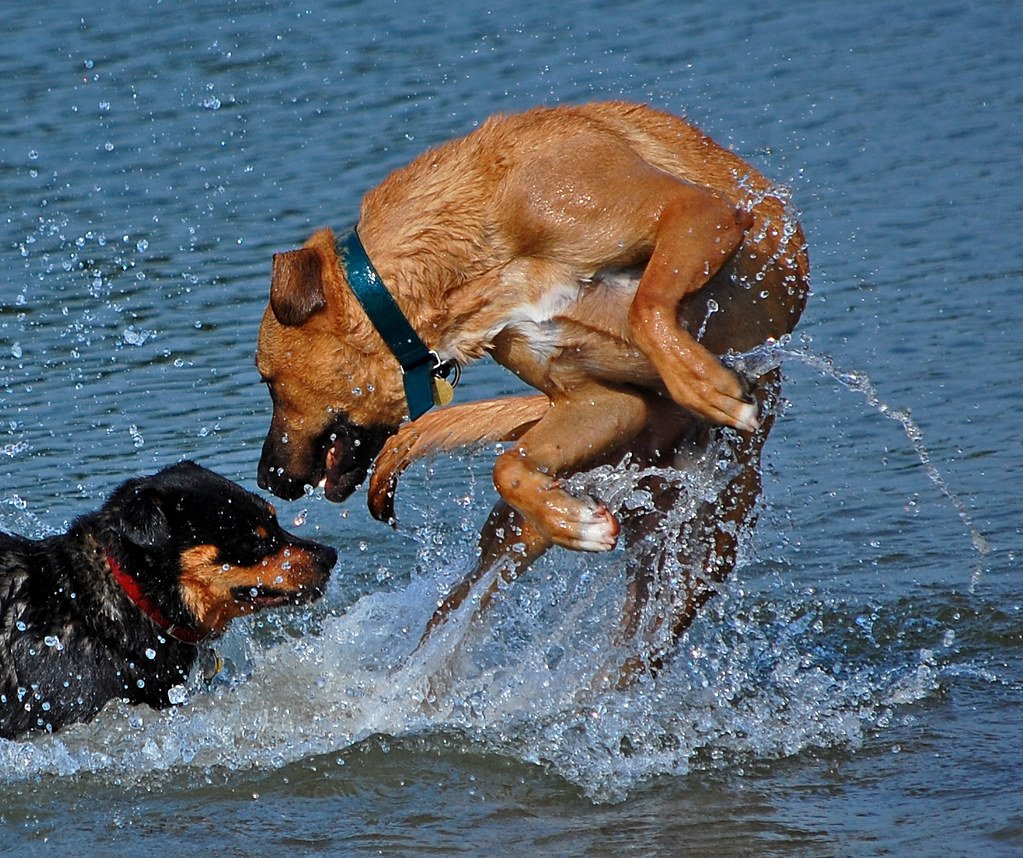Have you ever seen a dog flinch at a gentle touch, cower at a loud noise, or refuse to make eye contact? It’s enough to break your heart. Dogs, just like us, can carry invisible scars from what they’ve been through. Whether it’s from abandonment, abuse, or a scary experience, emotional trauma can leave a lasting mark. But here’s the uplifting part: with patience and understanding, you can help your furry friend heal and thrive again. Let’s walk together through ten heartfelt, tried-and-true ways to support a dog recovering from emotional trauma.
Be Patient and Go Slow

Every dog heals at their own pace. Just like you wouldn’t rush a friend through grief, don’t expect instant progress from a traumatized pup. Little victories—like a hesitant tail wag or a soft sigh—are worth celebrating.
Sudden movements or loud voices can set them back, so keep your energy calm and predictable. Think of it as learning a slow dance: gentle steps, lots of encouragement, and no pressure. Dogs sense our moods, so patience really is the best first gift you can give.
Establish a Safe Space

All dogs need a den—a cozy spot where they can retreat when the world feels overwhelming. Set up a quiet corner with a comfy bed, soft blankets, and maybe a favorite toy. This is their “safe zone.”
Let your dog decide when to use it; never force them out. Over time, this spot becomes a sanctuary, helping your pup regain a sense of control. If you’ve ever needed to hide under the covers after a tough day, you know just how comforting this can be.
Stick to a Consistent Routine
Dogs thrive on predictability, especially when their world has been turned upside down. Set regular times for walks, meals, and play. This structure helps anxious dogs know what to expect, which lowers stress.
If something disrupts the routine (like a trip to the vet), try to keep other parts of the day steady. Even a simple “good morning” ritual can anchor your pup and reassure them that some things will always stay the same.
Learn and Respect Their Body Language
A traumatized dog may show fear in subtle ways: tucked tail, lip licking, yawning, or avoiding eye contact. These cues are their way of saying, “I’m not okay right now.” Pay close attention and respond gently.
If you notice your dog tensing up, back off and give them space. Over time, you’ll become fluent in their unique signals—like learning a secret language just for the two of you. Respecting these signals builds trust faster than any treat.
Use Positive Reinforcement

Reward brave behavior—even tiny steps—with treats, praise, or a favorite squeaky toy. Positive reinforcement teaches your dog that good things happen when they feel safe enough to try.
Never punish fearful reactions; this only deepens their anxiety. Instead, celebrate everything from sniffing a new hand to walking past a scary object. Over time, your dog will start to associate new experiences with safety and love.
Introduce New Things Gradually
For a traumatized dog, even normal experiences can feel like a thunderstorm. Go slow when introducing new people, places, or even everyday objects. Let your dog approach at their own pace.
If they shy away, don’t push. For example, if the vacuum cleaner is terrifying, show it when it’s off, paired with treats, before ever turning it on. This gradual exposure helps build confidence instead of fear.
Encourage Healthy Socialization

Some dogs need a break from socializing, while others crave gentle interaction. Watch your dog’s cues: do they perk up at the sight of another dog, or do they shrink away? Arrange calm, positive encounters with trusted dogs or people.
Short, positive playdates or walks alongside a confident, friendly dog can work wonders. Just remember, forced socialization can backfire, so let your pup lead the way and praise every positive moment.
Offer Gentle Physical Contact
Touch can be healing—but only when your dog is ready. Start with slow movements and let your dog come to you. A soft scratch behind the ear or a gentle belly rub, when welcomed, can help rebuild trust.
Many traumatized dogs are sensitive to being grabbed or hugged. Respecting their boundaries teaches them that your hands are safe, and over time, those hands might become their favorite place to rest.
Monitor Health Closely
Emotional trauma can show up as physical symptoms: loss of appetite, stomach upset, or even skin issues. If your dog seems off, don’t hesitate to check in with your vet.
Sometimes, underlying pain or illness can make emotional recovery harder. Keep an eye on eating, drinking, and bathroom habits. Healthy bodies and hearts heal faster, so regular check-ups are a must.
Consider Professional Help
If progress stalls or setbacks seem overwhelming, a certified dog behaviorist or trainer with trauma experience can make all the difference. They’ll tailor a plan just for your dog, using gentle, science-backed techniques.
Support groups and rescue organizations can also offer guidance. Remember, you’re not alone—sometimes the bravest thing you can do is ask for help. There’s a whole community of dog lovers ready to cheer you on.

Andrew Alpin from India is the Brand Manager of Doggo digest. Andrew is an experienced content specialist and social media manager with a passion for writing. His forte includes health and wellness, Travel, Animals, and Nature. A nature nomad, Andrew is obsessed with mountains and loves high-altitude trekking. He has been on several Himalayan treks in India including the Everest Base Camp in Nepal.





